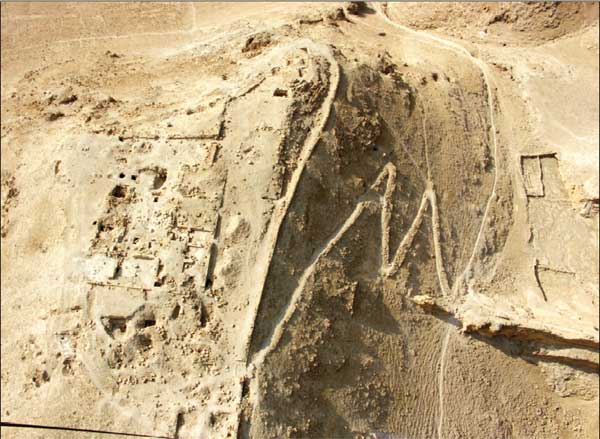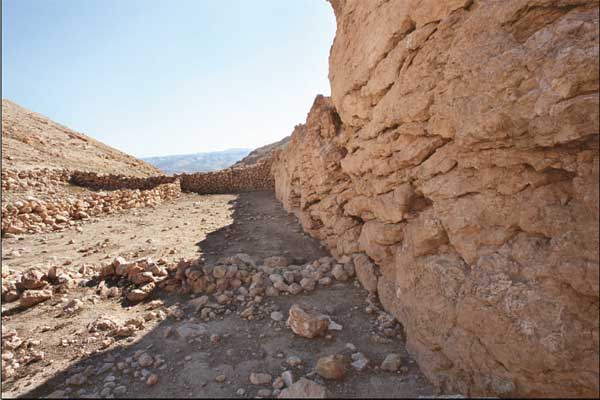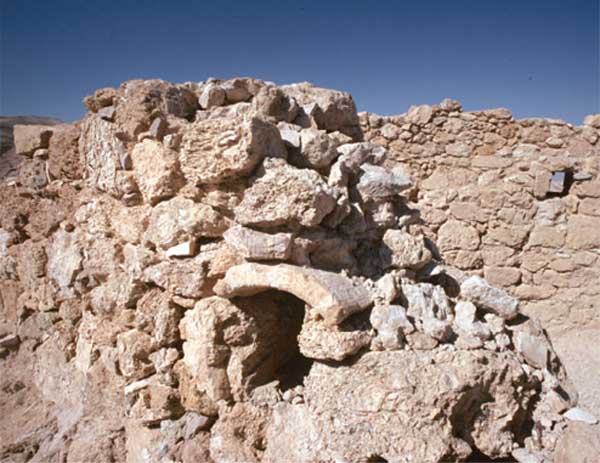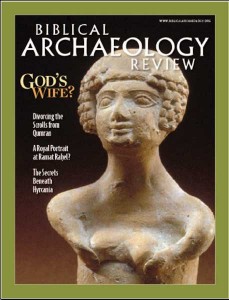The Ruins on Top
Sidebar to: Hyrcania’s Mysterious Tunnels

The ruins atop Hyrcania have never been excavated, only surveyed. What we know about the site is the result of these surveys and ancient descriptions, particularly those of the first-century Jewish historian Josephus.
The square structure that dominates the height has its origins in the Hasmonean period (142–37 B.C.E.). The site is named for the Hasmonean ruler John Hyrcanus (134–104 B.C.E.), although he did not necessarily build the fortress. The fortress was rebuilt by Herod the Great (37–4 B.C.E.). In this, it is one of a series of defensive fortress/palaces in the Judean desert originally built in the Hasmonean period and rebuilt by Herod.


Hyrcania was abandoned after Rome suppressed the Great Jewish Revolt, destroyed Jerusalem and burned the Temple in 70 C.E. Beginning in the fifth century C.E. (the Byzantine period), Christian monks began to settle at the site, eventually building a monastery in the old, but now extensively remodeled, Hasmonean/Herodian fortress. The monastery took the name Castellion, “fortress” in Greek.
Already a library member? Log in here.
Institution user? Log in with your IP address.

